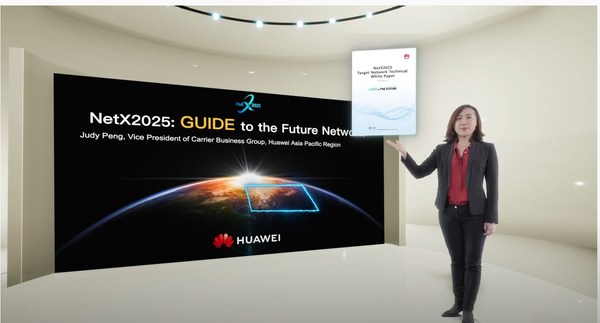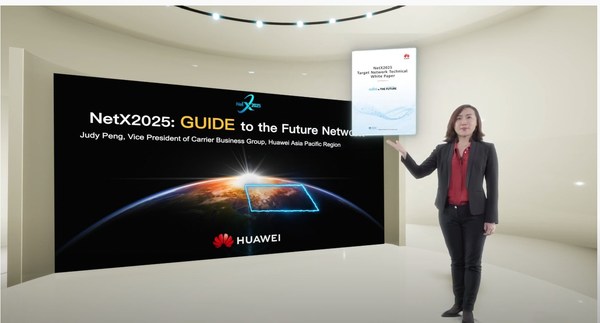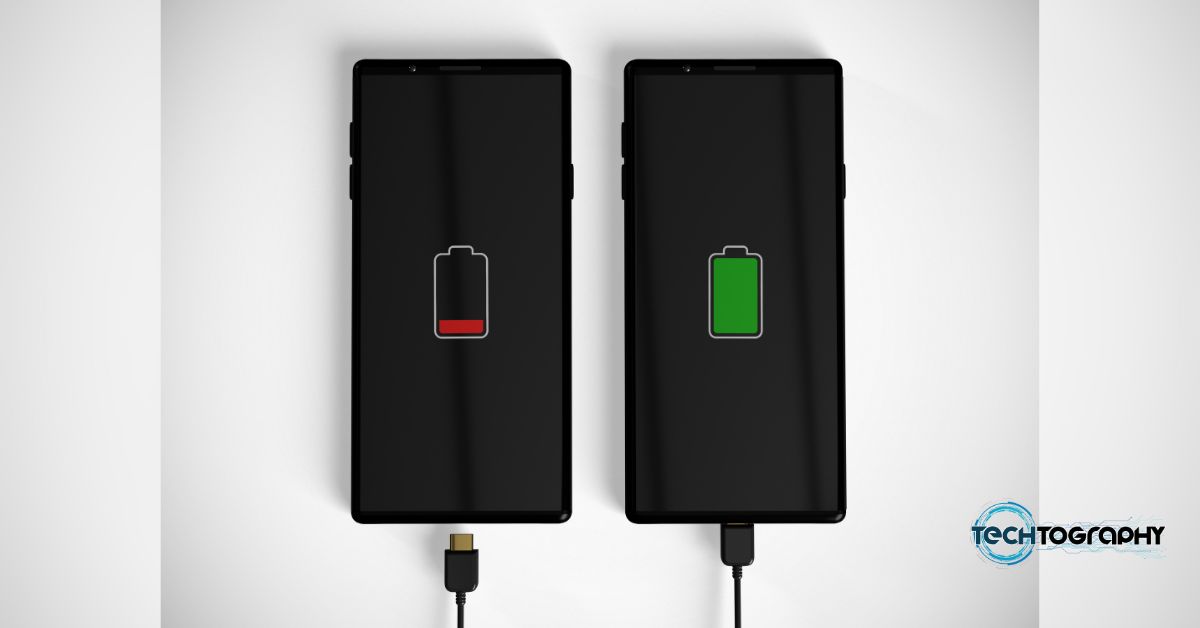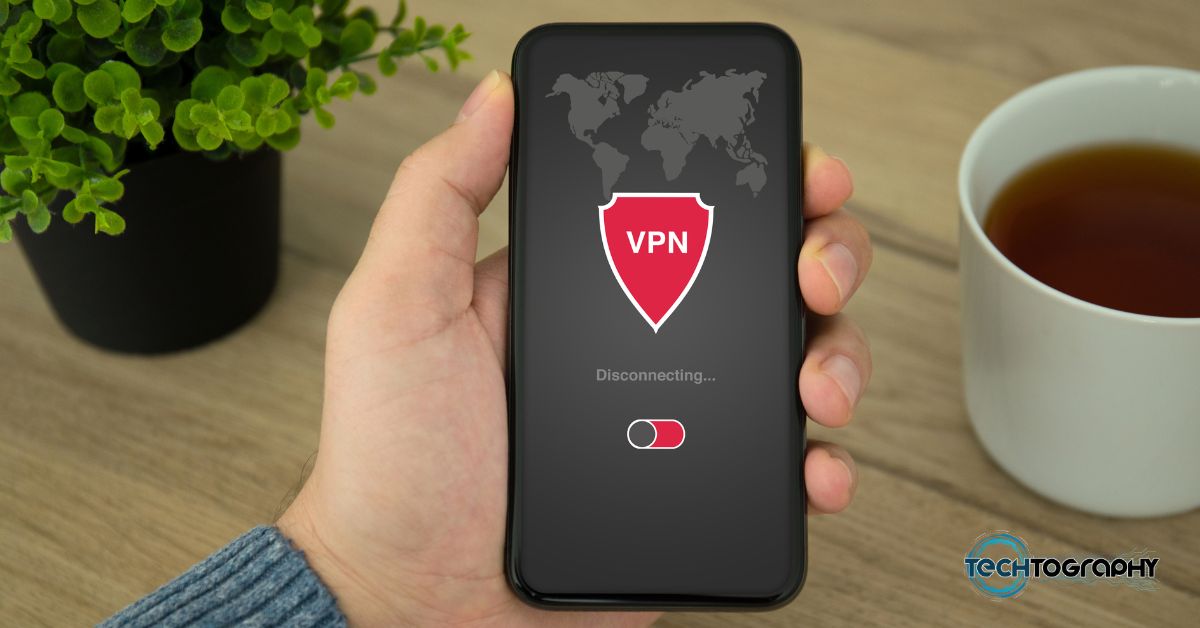KUALA LUMPUR, Malaysia, July 15, 2021 /PRNewswire/ — Huawei released the NetX2025 Target Network Technical White Paper in the Asia Pacific region on 15th July at the CommunicAsia 2021 virtual event. The white paper discussed the blueprint of the Target Network 2025 to facilitate industry-wide strategic thinking of business opportunities and cooperation, according to Judy Peng, Vice President of Huawei Asia Pacific Carrier Business Group.
During her speech themed "NetX2025: GUIDE to the Future Network," Judy announced the release of the NetX2025 Target Network Technical White Paper, and introduced the "GUIDE" model of future target network, aiming to help build a stable, reliable, and efficient target network architecture to foster future-oriented differentiated competitiveness, maximize network value, and sustain business success.
"ICT infrastructure has become the foundation of the digital economy and development for Asia Pacific countries. Especially in the post-pandemic era, with the large-scale deployment of new technologies, it is changing the way of life and production while facilitating digital transformation services. For operators, customer and service types are changing, and there will be more and more uncertainties in the application scenarios," said the Huawei executive.

“The GUIDE model serves as an exploration of the target network 2025. Joint endeavors across industries are imperative to building a future-oriented target network and creating business success. Huawei will work with operators and industry partners to plan the future target network in Asia Pacific to achieve the promising business outlook by 2025,” said Judy Peng, Vice President of Carrier Business Group, Huawei Asia Pacific Region.
Future target network of the GUIDE (Gigabit Anywhere, Ultra-Automation, Intelligent Multi-Cloud Connection, Differentiated Experience, and Environment Harmony) model, could help operators to cope with the uncertainties and achieve business success, according to Judy Peng.
Gigabit Anywhere, as the first characteristics of the "GUIDE" model, is essential for target networks to provide digital services to users. Gigabit networks are the foundation which a company, a city, and even a country’s economy can grow upon. Gigabit connectivity is the most fundamental requirement for manufacturing applications like VR and AR, industrial camera, and production data collection.
With 5G massive deployment and more operators launching industry digitalization services, the scale and complexity of networks are increasing exponentially. Ultra-Automation is essential for target networks with intelligent O&M. Operator networks can create greater value by intelligently automating complex tasks and simplifying human work, with the adoption of big intelligent technologies.
After years of development, cloud technology has evolved from traditional IT to cloud computing, and then to cloud native, and Intelligent Multi-Cloud Connection creates a target network platform for service aggregation. The digital transformation of enterprises has driven IT systems to become cloud-based, and multi-cloud connection is now essential to meet requirements for cost control, service reliability, and multi-cloud disaster recovery. These changes have driven new requirements for intelligent multi-cloud connection and brought new opportunities for operators to develop cloud-network convergence services.
Differentiated Experience is the key to allow target networks to facilitate business success. The essence of user experience is business, and the essence of business is monetization. More and more practices have proven that differentiated experience can create a premium. For example, in the enterprise and government market, stock exchanges are willing to pay 10 times the rent for a 1-ms lower network latency. For operators, differentiated experience means providing both best-effort experience and deterministic experience. Good experience can satisfy users’ personal needs and differentiated experience is where operators can gain new value.
Environment Harmony is the target network’s commitment to social responsibilities, and also a part of the sustainable development strategy of worldwide leading operators. Operators must continuously innovate products and technologies to save energy, reduce emissions, and develop a circular economy. They should also drive industry players to cooperate in order to build a low-carbon society by enabling green connections, services, O&M, and applications through innovations in equipment, power, network deployment, data centers, operations, and applications.
"The GUIDE model serves as an exploration of the target network 2025. Joint endeavors across industries are imperative to building a future-oriented target network and creating business success. Huawei will work with operators and industry partners to plan the future target network in Asia Pacific to achieve the promising business outlook by 2025," said Judy Peng.



